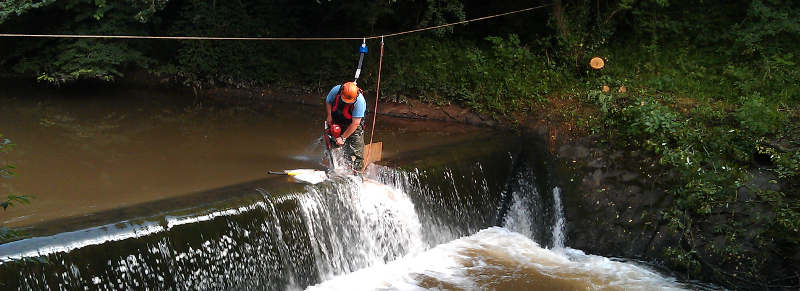The Wye & Usk
Foundation in Numbers

Declining fish stocks were the initial catalyst for the formation of WUF, which in effect began in 1996 thanks to the generous support and backing from fishermen, riparian owners and others interested in the well-being of the rivers.
Since then, this is just some of what has been achieved....
£13,843,477 raised for both rivers.
2,544km of river surveyed, with around 60 sites electrofished annually by WUF.
836km of salmonid spawning stream opened by obstructions eased/removed on 103 streams.
309km of river habitat restored
270 tonnes of lime applied annually, restoring 59km of previously acidified river
507 farmers worked with, 430 whole farm plans written covering an area of (ha) 50,105 with 264 farm infrastructure improvements made.
3,336 stands of Giant Hogweed, 512 stands of Japanese Knotweed, 4 stands of Himalayan Knotweed treated. 356km of river bank treated for Giant Hogweed. 55,933 Signal crayfish removed.
The results of the work are now being realised. The Wye's 5-year average salmon catch has doubled to over 1,000, the amount of phosphate from agriculture entering the rivers has been reduced dramatically, invertebrates that had all but disappeared from the Usk have been making strong returns and the coarse fishing on the Wye is arguably now the best in the country. All these are in contrast to the trend for other rivers across the country.
River restoration is a gradual process and there are few, if any, "quick fix" methods that are successful, especially over the longer-term. We are acutely conscious that there are areas where problems remain and where improvements are still needed. We want to tackle these and can only do so with the continued support of a wide range of individuals and organisations.
